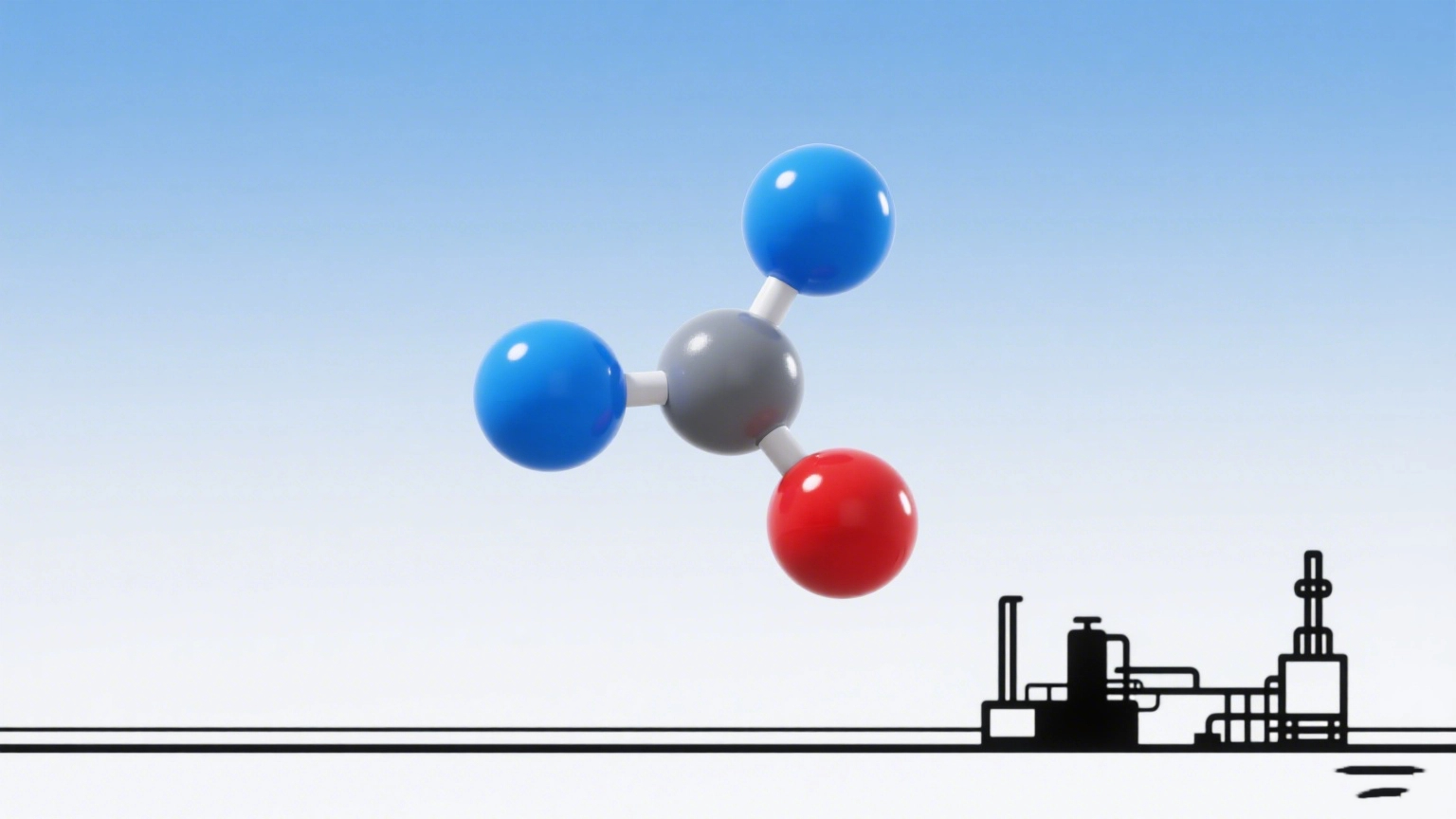The Key to Clean Fuels: How Hydrodesulfurization (HDS) Catalysts Meet Global Sulfur Regulations
Introduction
In the global push for cleaner air and stricter environmental standards, the
oil refining industry faces immense pressure to reduce sulfur content in
transportation fuels. Hydrodesulfurization (HDS) is the indispensable catalytic
process that makes this possible. At the heart of every HDS unit lies a highly
specialized catalyst, engineered to break down sulfur compounds and enable
refineries to produce Ultra-Low Sulfur Diesel (ULSD) and other clean fuels
efficiently and economically.
The "Why":
Stringent Sulfur Regulations
Worldwide, governments have implemented drastic regulations to limit sulfur in
diesel and gasoline to mere parts per million (ppm) levels. For example:
-
Euro V/VI standards: <10 ppm
sulfur in diesel
-
China VI standards: <10 ppm
-
India BS-VI standards: <10 ppm
High sulfur emissions lead to acid rain and harmful particulate matter
(PM2.5). HDS technology is not just a process—it's an environmental
imperative, and the catalyst is its engine.
The "How":
The Science of HDS Catalysts
HDS is a hydrotreating process where feedstock (like diesel or naphtha) is
mixed with hydrogen and passed over a fixed bed of catalyst at high temperature
and pressure. The catalyst facilitates the reaction that breaks C-S bonds in
sulfur-containing molecules, converting them into hydrogen sulfide (H₂S) and
hydrocarbon parafins.
The most common
catalytic systems are:
-
Cobalt-Molybdenum (Co-Mo) on Alumina support: Excellent
for straight-run feeds and olefin saturation. Highly selective for
removing simpler sulfur compounds like mercaptans and sulfides.
-
Nickel-Molybdenum (Ni-Mo) on Alumina support: More
active for desulfurizing refractory sulfur compounds (like
dibenzothiophene and its derivatives) which are harder to break down.
Essential for achieving ultra-low sulfur levels (<10 ppm) and also
offers strong denitrogenation activity.
-
Nickel-Tungsten (Ni-W): Sometimes used for highly
aromatic feeds or extreme deep desulfurization.
Choosing the Right
Catalyst: Co-Mo vs. Ni-Mo
The selection depends on the feedstock and target:
-
Use Co-Mo Catalysts for lighter feedstocks and
where primary sulfur removal is needed without excessive hydrogenation of
aromatics.
-
Use Ni-Mo Catalysts for heavier, more complex
feedstocks (like cracked gas oils) and when the goal is to achieve ULSD specifications.
Ni-Mo is the workhorse for deep desulfurization.
Beyond Sulfur
Removal: The Multifaceted Role of HDS
While sulfur removal is the primary goal, a modern HDS catalyst simultaneously
improves fuel quality by:
-
Dentrogenation (HDN): Removing nitrogen compounds
that poison downstream catalysts (e.g., in catalytic crackers).
-
Olefin Saturation: Improving fuel stability by
hydrogenating reactive olefins.
-
Metal Removal: Acting as a guard bed to trap
metals like nickel and vanadium from residual feeds, protecting the entire
catalyst system.
Maximizing Catalyst
Performance and Life
A catalyst's life is key to refinery economics. Factors affecting HDS catalyst
performance include:
-
Pore Architecture: Optimized pore size
distribution ensures access for large sulfur molecules in heavy feeds.
-
Active Phase Dispersion: Advanced manufacturing
ensures maximum exposure of active Co-Mo or Ni-Mo sites.
-
Operating Conditions: Temperature, pressure, and
hydrogen purity are carefully controlled to maximize efficiency and
lifespan.
-
Catalyst Regeneration: Spent catalysts can often be
regenerated (burning off coke deposits) to restore much of their activity,
offering significant cost savings.
Conclusion: A
Strategic Investment in Compliance and Efficiency
Selecting the right HDS catalyst is a critical strategic decision for any
refinery. It is not merely a consumable but a core asset that determines the
ability to comply with environmental laws, process opportunity crudes, and
protect downstream units. A high-performance catalyst translates directly into
higher throughput, longer run lengths, and superior product quality—directly
impacting the bottom line.


